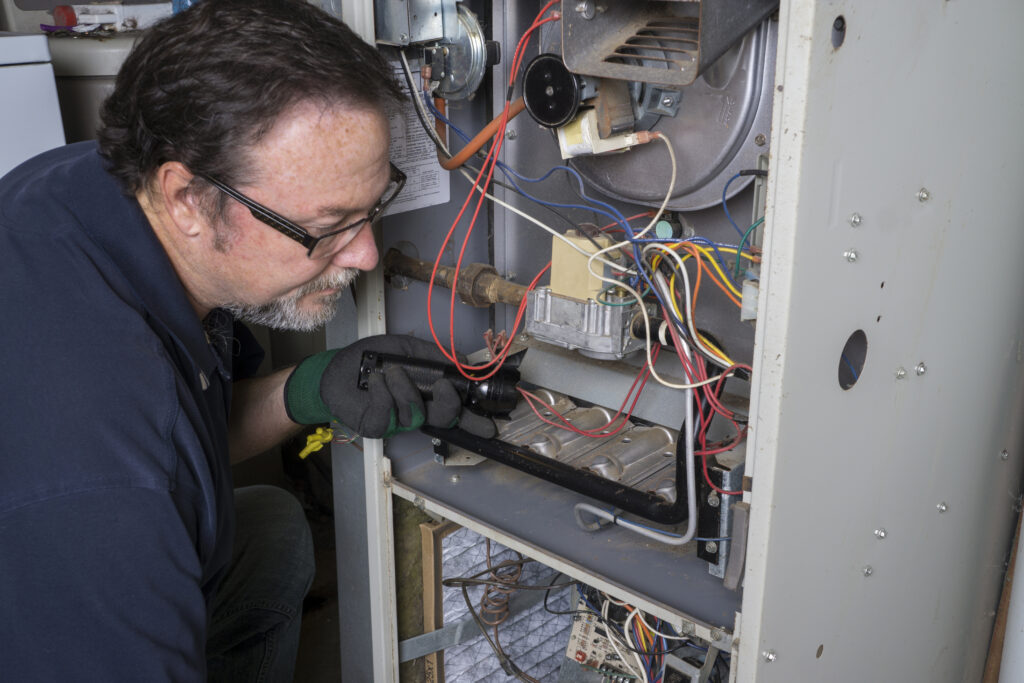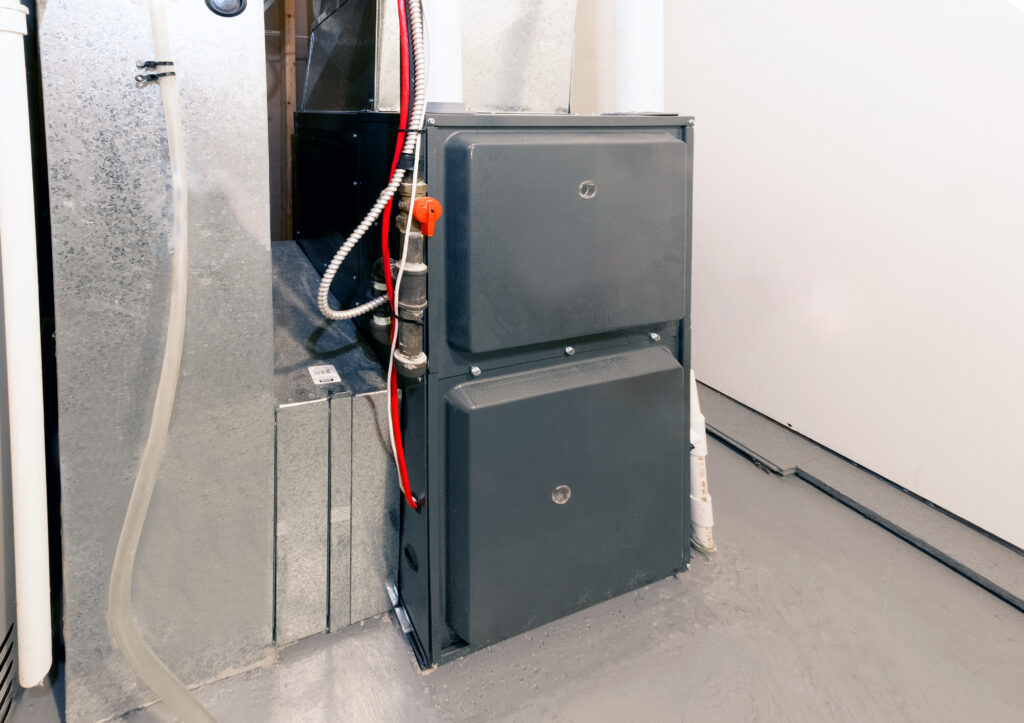
Plumbing leaks always seem to happen at the worst time, like late at night or on a weekend. If you’re dealing with a small leak, you might be able to fix it yourself for now. A quick DIY plumbing fix can help stop the water and prevent further damage until a plumber can inspect the issue.
Some leaks are easy to handle with basic tools. But if the leak is behind a wall, near electrical wiring, or coming from a sewer line, it’s best to call a pro. For small leaks that are visible, such as a drip under the sink or a loose pipe fitting, there are safe and temporary plumbing leak repair options that can save you time and money.
Temporary Plumbing Leak Repair Methods
If you see a small leak, there are a few easy ways to stop it for now. These quick fixes work well for drips under sinks or around loose pipes. Just remember they’re not permanent. A plumber will still need to inspect and repair it for good.
How Do I Use Pipe Tape?
Pipe tape, also called Teflon tape or plumber’s tape, is a thin, white tape that helps seal threaded pipe connections. It’s great for stopping leaks around joints and fittings.
- Turn off the water.
- Unscrew the leaking joint.
- Wrap the threads with the tape three to five times in the same direction the pipe screws on.
- Tighten it back in place.
It’s simple, safe, and works well for small leaks around threaded pipes.
How Do I Use Epoxy Putty?
Epoxy putty is a moldable, two-part substance that hardens like metal. It’s perfect for patching small holes or cracks in pipes.
- Turn off the water.
- Dry the pipe.
- Cut off a piece of putty.
- Knead the putty until the color is even.
- Press the putty over the leak and smooth it out.
- Let it cure for the time listed on the package. It’s usually a few minutes to an hour
Once it’s hardened, it creates a strong, waterproof seal.
How Do I Use a Pipe Sleeve?
A pipe sleeve is a rubber patch with metal clamps that wraps around a leaky spot on a pipe. It’s a fast way to stop leaks in straight sections of pipe. To use one:
- Turn off the water.
- Dry the pipe.
- Place the rubber part over the leak.
- Tighten the clamps on both sides.
It should hold the water in until a plumber can replace the damaged section.
Tips to Avoid Pipe Leaks
Stopping leaks before they start can save you a lot of stress and money. With a few simple habits, you can help keep your plumbing in good shape.
- Don’t overtighten fittings, because this can wear out threads and cause leaks
- Insulate pipes in cold areas to help prevent freezing and cracking
- Avoid chemical drain cleaners since they can eat away at your pipes over time
- Check for signs of corrosion, which are usually green or rust-colored spots, that can be early warnings
- Have your plumbing checked regularly
Should I Repair or Replace My Pipes?
For small, visible leaks, a quick repair might be all you need. However, if your pipes are old, corroded, or frequently leak, it may be time to replace them.
In general, repairs are fine for minor issues that you can easily reach.
If leaks keep happening or the pipes are in bad shape, replacing them can save you money and trouble in the long run. When in doubt, it’s best to call a plumber for a professional opinion.
Call a Plumber for a Permanent Pipe Repair
DIY fixes can help in a pinch, but for a long-term solution, it’s best to call the pros at Detroit Furnace. Our licensed and certified technicians handle all types of plumbing issues with care and skill.
We offer same-day service, 24/7 emergency support, and financing options to make repairs easier. You’ll get friendly, reliable service that puts your comfort first.
Contact Detroit Furnace today to schedule fast, reliable plumbing repair in Detroit, MI.




